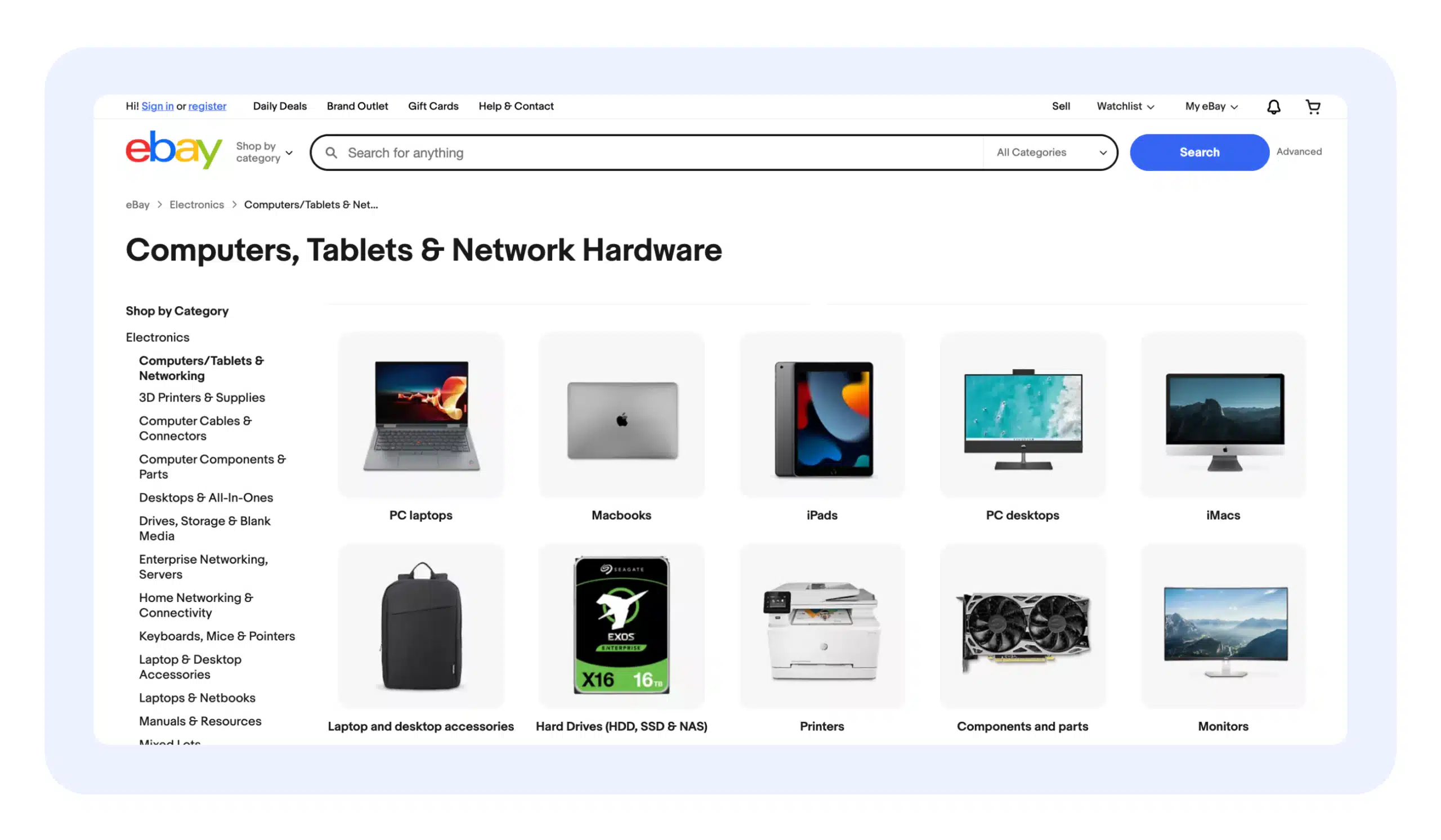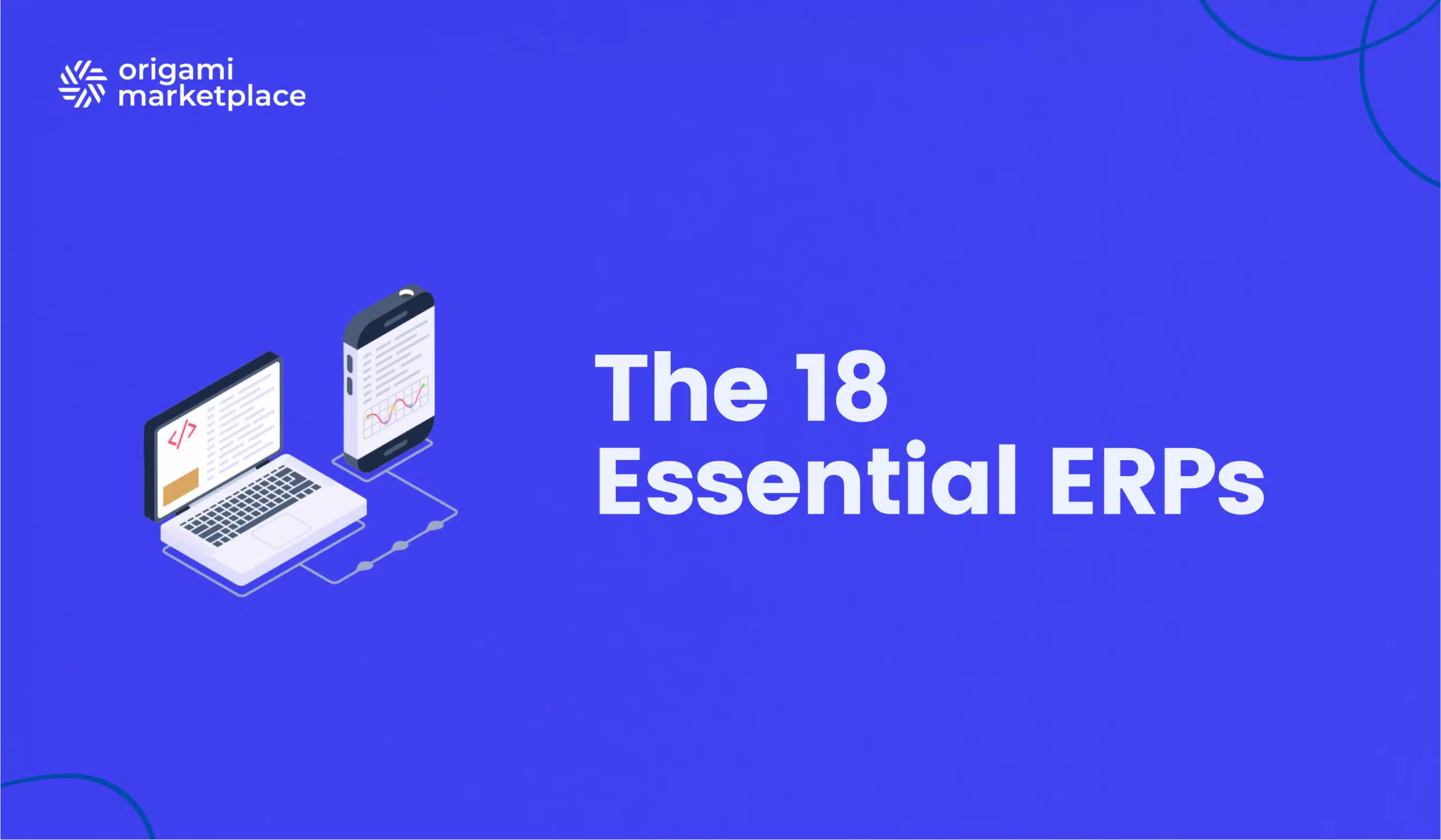How to create a website like eBay? Complete guide
- Arnaud
- 7 minutes reading

Have you dreamed of creating a large-scale marketplace, just like eBay? You’re in the right place! eBay, a pioneer in e-commerce and a key player in the global market, attracts millions of users worldwide every day. With more than 159 million active buyers and hundreds of millions of listed items, eBay has established itself as a benchmark thanks to its hybrid model combining auctions and direct sales.
Creating a marketplace inspired by eBay means seizing a major opportunity in an ever-evolving sector. However, succeeding in such a project requires a thorough understanding of the features of a multi-vendor platform, meticulous planning, flawless technical execution, and a striking marketing strategy. Whether you are an online merchant wishing to diversify your offerings or a future marketplace operator aiming to reach an international audience, this guide is made for you.
- Why is a website like eBay so appealing to both sellers and buyers?
- How does eBay generate revenue?
- Why is it wise to create a marketplace like eBay’s?
- How do you create a website like eBay?
- Step 1: Identify your market, your products, and your target audience
- Step 2: Select a domain name and a SaaS solution for your marketplace
- Step 3: Develop the design and usability of your marketplace
- Step 4: Enhance the features designed for buyers
- Step 5: Simplify integration and management for your sellers
- Step 6: Optimize management as an operator
- Step 7: Choose the right partners (Delivery, Customer Service & Payment)
- Step 8: Prepare the launch of your marketplace and its promotion
👋 No time to read the whole article? Find the summary here.
1. Why is a website like eBay so appealing to both sellers and buyers?
eBay’s phenomenal success is based on its ability to bring together a diverse community around an innovative hybrid model, combining auctions and traditional online sales. Here are some key elements that make this marketplace a benchmark:
-
A flexible and participatory model: eBay allows everyone to sell, whether by offering auctions or setting a fixed price. This flexibility attracts both individuals looking to sell personal items and professionals seeking an alternative sales channel.
-
An international platform: Thanks to its global reach, eBay offers sellers exceptional visibility and allows buyers to access a diverse range of products, often unique or rare. The possibility of bidding on items from all corners of the globe further enhances the platform’s appeal.
-
A user-friendly experience: The simplicity of use, easy navigation, and the emphasis on advanced search and filtering options ensure a smooth and personalized experience for users. Features such as seller ratings and review management foster a sense of trust.
-
Security and transparency: eBay has implemented clear policies regarding returns, secure payments, and dispute resolution, thereby enhancing the reliability of its transactions.
These strengths, combined with a strong culture of innovation and a constant focus on meeting the needs of its community, make eBay an exemplary marketplace that inspires many players in the online commerce world.
Currently, Origami Marketplace does not include auctions in its basic offering. This is due to the diversity of auction types and their technical challenges, as well as the potential risks to supplier margins and legal aspects. However, we remain open to integrating them should the need arise for your marketplace.

Alexandre Duquenoy
→ Talk to our solution expert
2. How does eBay generate revenue?
eBay’s business model is multifaceted and relies on several complementary revenue streams:
-
Listing and selling fees: eBay charges sellers fees for listing their products, as well as commissions on completed sales. These fees vary depending on the product category and the desired level of visibility.
-
Additional services: The platform offers premium options to boost the visibility of listings, such as item promotion or special featuring. These services give sellers a competitive edge while generating extra revenue for eBay.
-
Online advertising: eBay has developed a targeted advertising offering, allowing brands and sellers to reach a specific audience, thereby enhancing the platform’s profitability.
-
Logistics and payment partnerships: By collaborating with major players in the delivery and payment sectors, eBay optimizes the customer experience and secures transactions while earning commissions on these services.
By diversifying its revenue streams, eBay manages to offer an efficient and sustainable platform, while providing sellers and buyers with a multitude of options tailored to their needs.
Ready to turn your B2B, B2C, or C2C marketplace vision into reality?
To help you develop the best platform possible, we’ve gathered all the must-have features, key technical considerations, and best practices in a comprehensive document:
Download the Specifications template 🗒
Perfect for smaller or medium-scale projects without a formal purchasing process. It will help you outline your requirements effectively and streamline your selection process.
Download the Request for Proposal template 📒
Ideal for larger, more complex marketplace projects with a formal purchasing department or advanced procurement policies.
3. Why is it wise to create a marketplace like eBay's?
The e-commerce landscape is evolving rapidly, and consumer expectations are becoming increasingly sophisticated. Here’s why launching a marketplace inspired by eBay or Amazon represents a strategic opportunity:
-
A trend toward participatory consumption: More and more consumers are now seeking interactive and personalized shopping experiences. The combination of auction and fixed-price sales models blends fun and practicality, thereby meeting the needs of a diverse customer base.
-
Global visibility: Drawing inspiration from eBay’s model will allow you to reach an international audience, making it easier to access diverse markets and diversify your revenue streams.
-
An opportunity for sellers: Increasingly, both individuals and professionals are looking to leverage new sales channels to maximize their profits. A marketplace inspired by eBay offers an ideal solution by providing tools suited for every profile.
-
The rise of second-hand commerce and unique products: eBay’s success is also based on the growing trend of reusing and buying unique items. By positioning yourself in this market, you capitalize on a dynamic that is rapidly expanding.

4. How do you create a website like eBay?
Here is a step-by-step guide to developing a marketplace inspired by eBay:
Step 1: Identify your market, your products, and your target audience
The first step is to precisely define your niche market, the types of products you wish to offer, and the profile of your future users. Conduct a thorough market study to detect trends, the specific needs of consumers, and untapped opportunities. Whether you focus on art objects, technological products, or vintage fashion, it is crucial to position yourself with a high value-added offer.
Step 2: Select a domain name and a SaaS solution for your marketplace
Once your market is defined, choose a simple and memorable domain name that reflects your platform’s identity. At the same time, opt for a SaaS solution capable of developing a scalable and secure platform. Ensure that your solution is adapted to the needs of a mobile audience, as many users now browse via their smartphones.
Step 3: Work on the design and usability of your marketplace
User experience is a key factor in retaining your visitors. Take inspiration from eBay’s design to create a user-friendly, intuitive, and attractive interface. Be sure to offer:
- A dynamic and well-structured homepage
- A powerful search engine, with intelligent filters and sorting options
- Product pages rich in information, including detailed descriptions, high-quality photos, and customer reviews
The design should also reflect your marketplace’s brand image and build trust from the very first contact.
Step 4: Enhance the features designed for buyers
To provide an experience comparable to eBay’s, your platform must integrate essential features for buyers, such as:
- Simplified registration and login (social network integration)
- A fast and secure payment process
- A multi-vendor cart system allowing the purchase of items from different sellers in a single transaction
- Personalized notifications and detailed order tracking
- Management of favorites and watch lists
These features will enhance user engagement and satisfaction.
Step 5: Simplify integration and management for your sellers
eBay thrives partly due to the ease it offers sellers in listing and managing their products. To replicate this success, offer an intuitive back-office that allows sellers to:
- Easily create and modify their listings
- Bulk import products
- Manage their inventory and track sales through detailed dashboards
- Receive advice on categorizing and optimizing their listings
The more powerful your tools are, the more sellers you will attract, which will strengthen the vitality of your marketplace.
Step 6: Optimize management as a marketplace operator
As an operator, you need a set of robust tools to manage the entire platform. Consider integrating features such as:
- Centralized management of sellers and products
- Tools for calculating commissions and transaction fees
- Detailed analytical reports to track the marketplace’s performance
- Management of payments and refunds
- Systems for moderation and dispute resolution
These tools will enable you to ensure effective management and guarantee the satisfaction of all stakeholders.
Step 7: Choose the right partners (Delivery, customer service & payment)
The success of a marketplace also relies on the efficiency of its logistics and financial partners. Choose reliable providers for:
- Delivery, to ensure fast and secure shipments, even internationally
- Payment, by offering various options (credit cards, e-wallets, bank transfers) and secure processes
- Customer service, to guarantee responsive and high-quality support in case of issues
These strategic partnerships will enhance your platform’s credibility and improve the overall user experience. Our experts can recommend the best options to help you avoid numerous pitfalls.
Step 8: Prepare the launch and promotion of your marketplace
The final step is to meticulously plan the launch and promotion of your site. Before taking your marketplace online, ensure that all features are tested and compliant with current security standards. To maximize your visibility from the start:
- Develop a marketing strategy
- Prepare attractive content and tutorials to guide new users
- Organize launch campaigns to create buzz and attract your first sellers and buyers
A well-orchestrated launch will foster rapid and sustainable organic growth. Every detail counts in transforming an ambitious vision into enduring success. Our team is here to support you if you have any questions or would like to discuss your project.

Antoine Mantel
→ Talk to our solution expert
There are numerous marketplaces in fields as diverse as art, fashion, and technology that have drawn inspiration from the eBay model to offer a unique and interactive shopping experience. By focusing on flexibility, diversity, and simplicity, you have all the tools you need to create a platform that will captivate both sellers and buyers.
Building a marketplace in the image of eBay is indeed a complex challenge that requires meticulous planning, wise technological choices, and a well-thought-out marketing strategy. However, by choosing a high-performance marketplace platform solution such as Origami Marketplace, you will optimize your resources and boost your efficiency.
If you are ready to embark on this ambitious journey, do not hesitate to contact one of our experts to discuss your project. Together, let’s turn your vision into a success story worthy of the biggest names in e-commerce!
Ready to become the next big thing in e-commerce?
Key points summary:
- eBay inspiration: Create a hybrid marketplace combining auctions and direct sales to attract an international community of sellers and buyers.
- Diversified business model: Generate revenue through listing fees, sales commissions, premium services, and targeted advertising.
- Essential steps:
- Define the market and target audience: Conduct thorough market research to identify a promising niche.
- Technical choices: Select a domain name and a robust, mobile-optimized SaaS solution.
- Design and usability: Develop an intuitive interface with a powerful search engine and detailed product pages.
- Dedicated features: Integrate tools that simplify registration, secure payment processing, and listing management for sellers.
- Operational management: Implement tools for monitoring performance, managing commissions, and resolving disputes.
- Strategic partnerships: Collaborate with reliable providers for delivery, payment, and customer service.
- Launch strategy: Prepare a multichannel marketing campaign to quickly attract both sellers and buyers.
- Market opportunity: Capitalize on the trend of participatory and international commerce to create a unique and profitable platform.
Discover how Origami Marketplace’s API and partner network can transform your business, regardless of its size, with its innovative marketplace-based solution. Good luck and happy launching!


